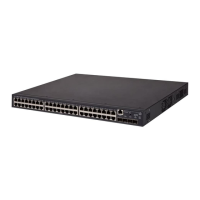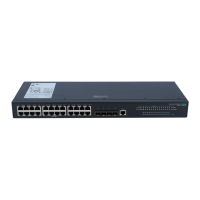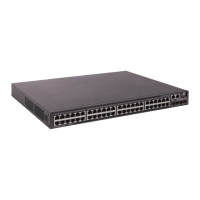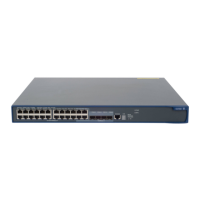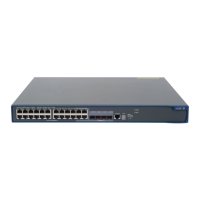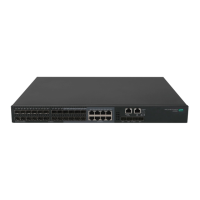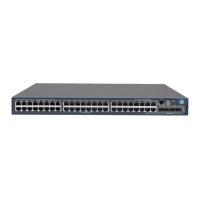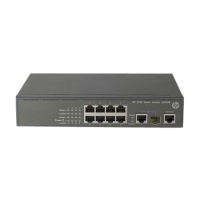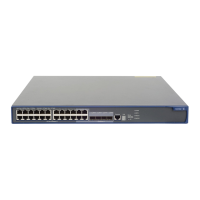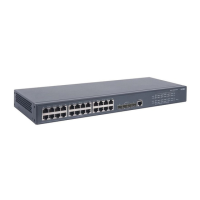99
Ste
Command
Remarks
1. Enter system view.
system-view N/A
2. Roll the running configuration
back to the configuration
defined by a configuration
file.
configuration replace file filename
The specified configuration file
must not be encrypted.
The configuration rollback function might fail to reconfigure some commands in the running configuration
for one of the following reasons:
• A command cannot be undone because prefixing the undo keyword to the command does not
result in a valid undo command. For example, if the undo form designed for the A [B] C command
is undo A C, the configuration rollback function cannot undo the A B C command. This is because
the system does not recognize the undo A B C command.
• A command (for example, a hardware-dependent command) cannot be deleted, overwritten, or
undone due to system restrictions.
• The commands in different views are dependent on each other.
• Commands or command settings that the device does not support cannot be added to the running
configuration.
Specifying a next-startup configuration file
CAUTION:
In an IRF fabric, use the undo startup saved-configuration command with caution. This command can
cause an IRF split after the IRF fabric or an IRF member reboots.
You can use the save [ safely ] [ backup | main ] [ force ] command to save the running configuration to
a .cfg configuration file. The .cfg configuration file can be specified as both the main and backup
next-startup configuration files.
Alternatively, you can use the startup saved-configuration cfgfile [ backup | main ] command to specify
a configuration file as the main or backup next-startup configuration file. When performing this task,
follow these guidelines:
• Make sure the specified configuration file is valid and saved to the root directory of each member
device's storage medium.
• If neither backup nor main is specified, this command sets the configuration file as the main
next-startup configuration file.
• Even though the main and backup next-startup configuration files can be the same one, specify
them as separate files for high availability.
• The undo startup saved-configuration command changes the attribute of the main or backup
next-startup configuration file to NULL instead of deleting the file.
To specify a next-startup configuration file, perform the following task in user view:
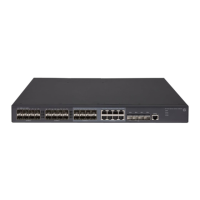
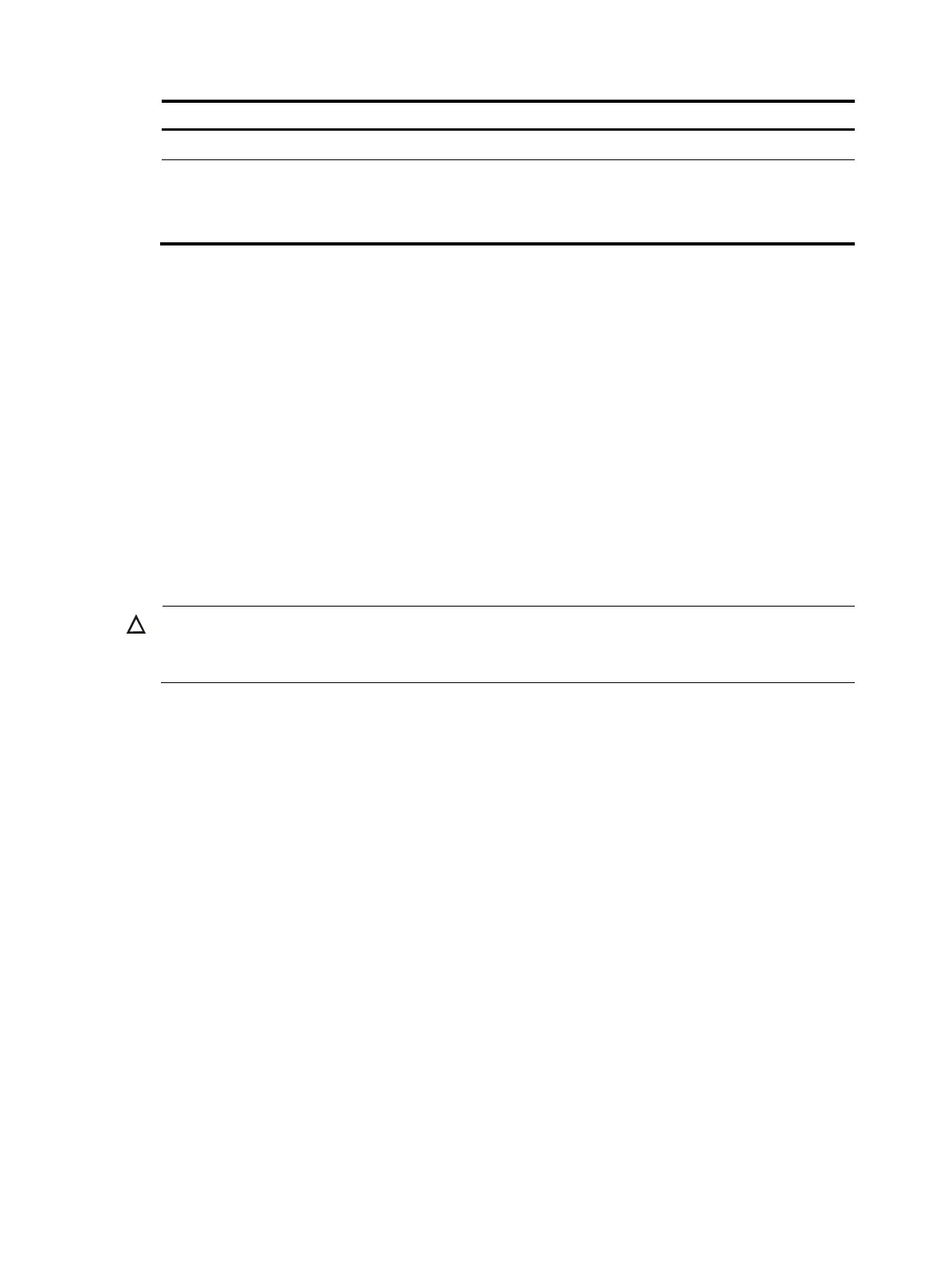